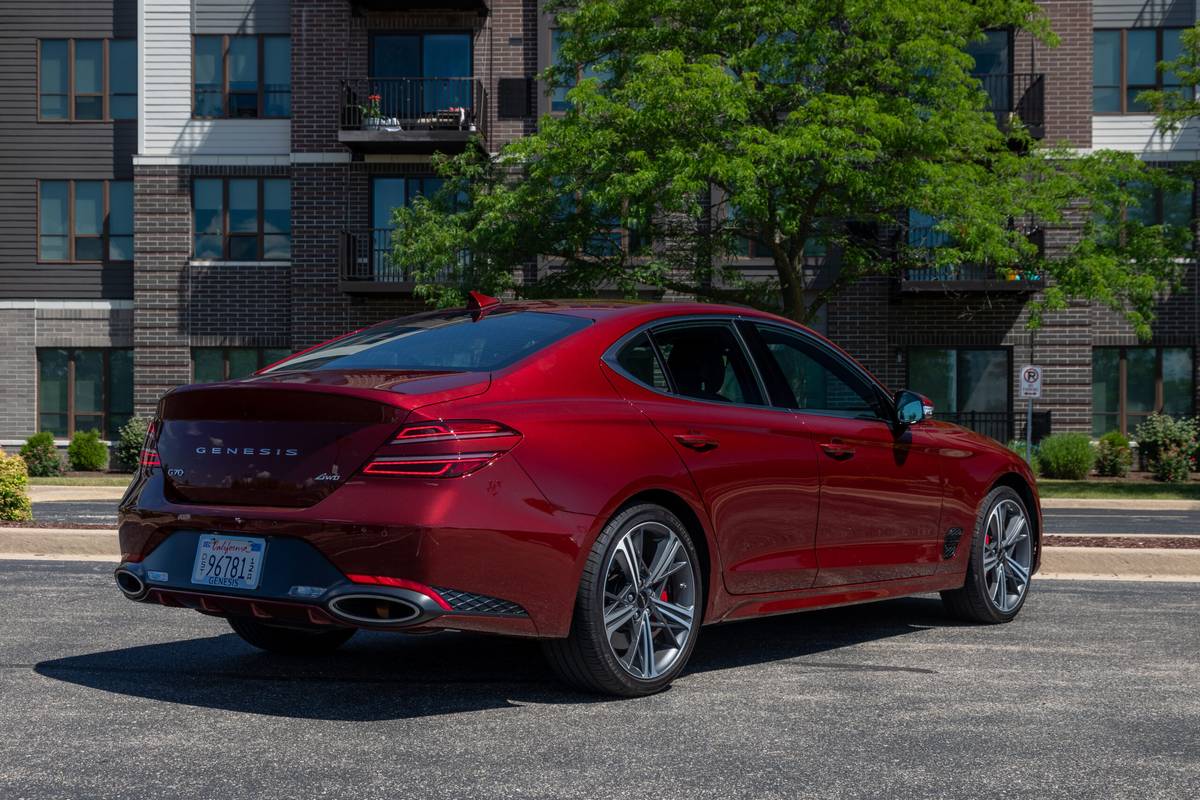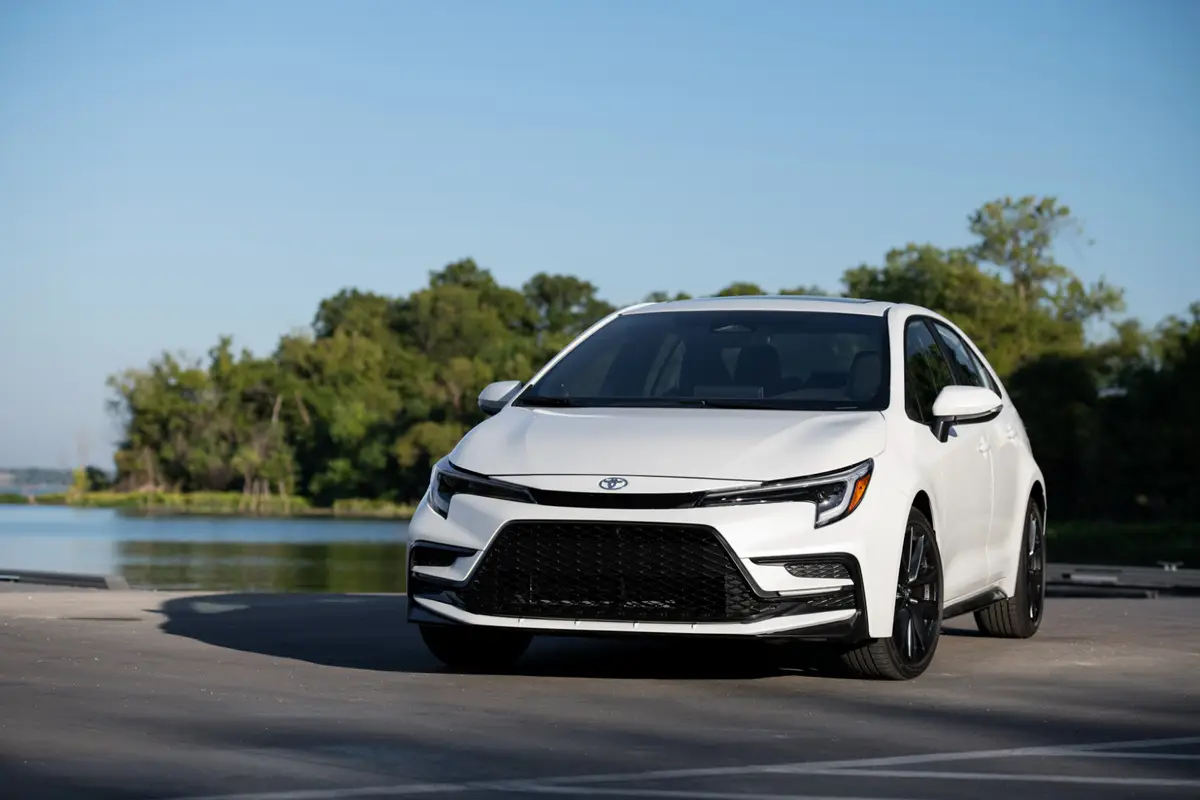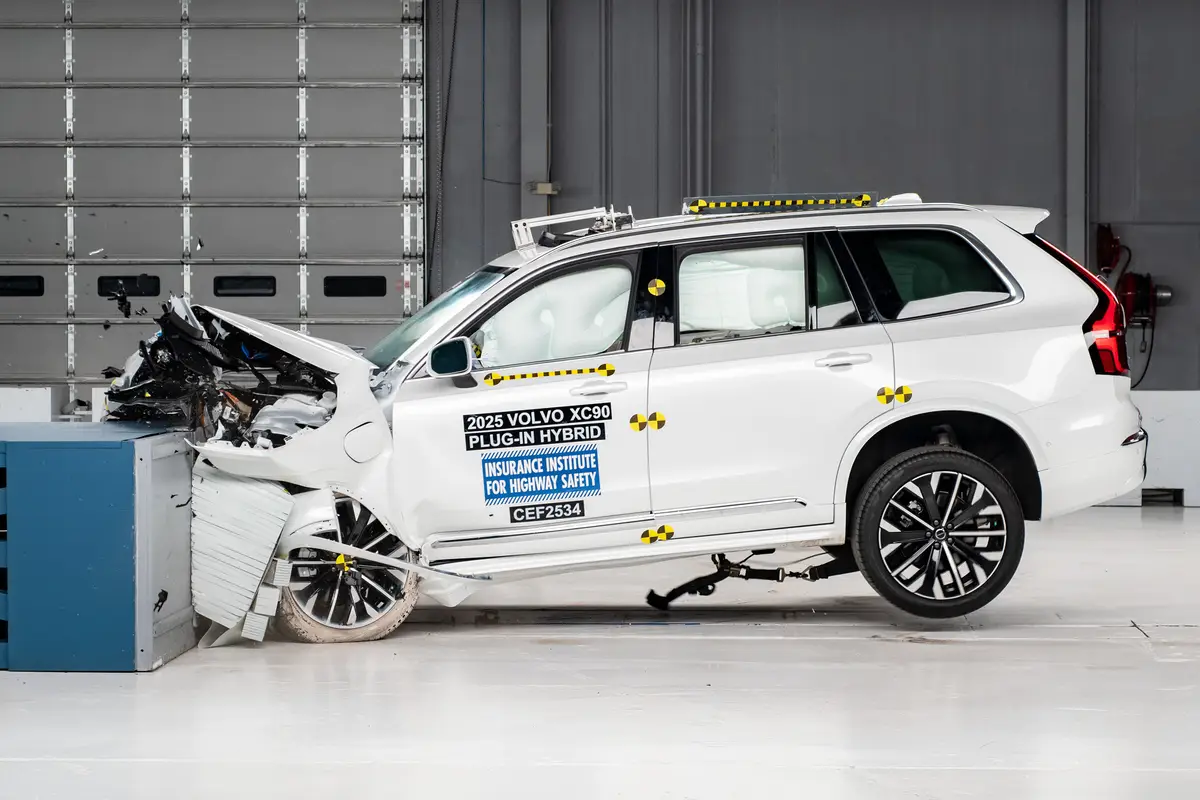The Morning Call and Mcall.com's view
I was driving a few miles south of Wilmington, Del., due to speak in Dover, or “slower lower” as the natives call it. It is easy to see why. Things slow down considerably.
One thing that didn’t was the new Toyota Matrix, a model based on the new Toyota Corolla platform.
With the popularity of practical shapes, like minivans and SUVs, logic would dictate that the hatchback would soon return to popularity.
Did I say hatchback? I meant wagon. Or . . .
Maybe Toyota can clarify things. They call it a CUV: Crossover Utility Vehicle.
Whatever it is, this little car is quite capable.
It’s available as a front-wheel- or four-wheel-drive vehicle in two levels: Standard and XR. A third trim level, the top of the line XRS, is available only as a front-wheel-drive model.
Power is courtesy of a 1.8-liter four-cylinder; the Matrix is certified by the EPA as an ultra low-emission vehicle. Front-drive- models in Standard and XR trim have 130 horsepower. Strangely, the four-wheel-drive models have only 123 horsepower. A five-speed manual or four-speed automatic is available. The XRS is available only with 180 horsepower and a six-speed manual.
Brakes are front disc/rear drum for Standard and XR models. The XRS gets discs at all four corners. Anti-lock brakes are standard.
Pontiac will market a mechanically-identical model called the Vibe.
Toyota provided a four-wheel-drive XR model for testing. The first thing you notice about the Matrix is its funky, smooth styling. It is sharp-edged, purposeful, very modern and reminiscent of the Ford Focus. The style continues inside with metallic finish surfaces and lots of matte-black plastic.
The gauges and controls have a funky, high-tech look, yet are easy to understand and operate, in typical Japanese fashion. Large chrome-trimmed instrument pods and trademark Pontiac red lighting lend this vehicle a sporting feel.
Some of that translates into the driving experience.
The handling is nimble, sure-footed and the vehicle is an absolute blast to drive. Steering is quick and the engine is responsive. The four-wheel-drive operates continuously, which gives this car great handling. But the power is a bit stingy, meaning you must work the throttle a bit.
The ride was quiet, just what you expect from a Toyota. So was the engine. It was quite remarkable.
Interior accommodations are thoughtful. In addition to the usual center console with a storage bin and cupholders, there also is a small open spot that is perfect for stashing a cell phone. The front passenger’s seatback folds forward, so its hard plastic surface can serve as a table. There’s even a polarized 115-volt plug up front to power your favorite electric toy.
The front bucket seats are high and firm, a byproduct of the Matrix’s tall styling. The seats had decent suppo rt for about two- and-a-half hours, before the lack of thigh support caused some discomfort. The rear seats are every bit as high as the front ones. There is surprisingly good leg and foot room, considering the size of the vehicle. Head room was good as well.
The rear cargo area is roomy and features tracks in the cargo floor. This is meant to accommodate toys that are part of active life-styles. Tie-down points also are included.
The optional $140 AM/FM/cassette/CD was excellent.
The warm weather in Delaware allowed me to open the moonroof, which was part of a $1,160 Sport Package that includes 16-inch alloy wheels. A sports Plus package added fog lamps and a spoiler for an additional $270. Other options include dual side airbags for $250 and cruise control for another $250.
The EPA rates this vehicle at 26 mpg city, 31 mpg highway. I got 28 mpg in a mixed driving loop, although one stretch of highway returned 33 mph, amazing fo a four-wheel-drive vehicle.
If you’re looking to buy one, the XR grade seems to be a better deal than the base model, due mainly to extra conveniences made standard. These include power door locks, keyless entry, power windows, variable intermittent wipers, air-conditioner, rear window wiper and power outlets, among other things.
Even without options, the base price of $18,445 is good for a four-wheel-drive model of any sort. The nicely equipped test car came in at a still reasonable $21,132.
It’s hard not to be enthusiastic about the Toyota Matrix, with its wagon-like versatility and four-wheel-drive in a car platform.
Sure you could buy a Subaru. But why should Subaru owners have all the fun?
Besides, the Matrix has a cooler profile.
Just ask the police officers who stopped me at a seatbelt checkpoint in Delaware. After congratulating me on wearing my seatbelt, they peppered me with car questions, including “Can I get one?”
It backed up traffic for half a mile.
OYOTA MATRIX XR 4WD
Engine: 1.8 liter DOHC 4-cylinder with VVT-i
Transmission: 5-speed manual or 4-speed automatic
Tires: P205/55R16
Wheelbase: 102.4 inches
Length: 171.3 inches
Width: 69.9 inches
Weight: 2,877 pounds
Cargo volume: 21.8 cubic ft. (seats up)
Base price: $18,445
As tested: $21,132
EPA rating: 26 city, 31 highway
Test mileage: 28 mpg
Fuel type: Regular
Built in: Canada
Latest news



